Decoy receptor 3 as a prognostic biomarker for sepsis and septic shock according to the Sepsis-3 definitionsChen, Lin, Yu
et alFront Cell Infect Microbiol (2025) 15, 1529917
Abstract: The present study was conducted to reappraise the prognostic value of decoy receptor 3 (DcR3) for patients with sepsis and septic shock according to the latest Sepsis-3 definitions.Subjects suffering from sepsis or septic shock were enrolled within 6 h of admission. The Sequential Organ Failure Assessment (SOFA) score and the plasma levels of DcR3, C-reactive protein, procalcitonin, and interleukin-6 were measured. Group comparisons were made based on the survival status on day 28 after onset. Predictors of mortality were assessed using the Cox proportional hazard models, and survival curves were plotted with the Kaplan-Meier method. Discriminative performances of single and combined indicators were evaluated via the areas under receiver operating characteristic curves.Among 143 eligible sepsis cases, 77 developed septic shock, and the 28-day mortality rates were 32.2% and 45.5%, respectively. Regardless of the population (all sepsis or septic shock), non-survivors exhibited significantly higher DcR3 levels compared to survivors (median 4.19 vs. 2.64 ng/mL and 4.37 vs. 3.18 ng/mL, respectively; p < 0.001 and p = 0.002, respectively). DcR3 levels were most correlated with organ dysfunction presented by SOFA scores (correlation coefficient = 0.347 and 0.308, respectively; p = 0.001 and 0.016, respectively) but did not differ among the various pathogenic microbes of infection. Multivariate Cox regression identified DcR3 as an independent predictor of mortality [hazard ratio (95% confidence interval): 1.570 (1.048-2.352) and 1.828 (1.047-3.194), respectively; p = 0.029 and 0.034, respectively]. Kaplan-Meier analysis showed that elevated DcR3 concentrations were associated with significantly lower survival rates (p = 0.001 and 0.013, respectively). The areas under receiver operating characteristic curves of DcR3 alone for predicting outcome were superior to that of the other three biomarkers (0.731 and 0.711, respectively) and could be further improved when coupled with SOFA scores (0.803 and 0.784, respectively).DcR3 is a valuable prognostic biomarker for sepsis and septic shock, offering the potential to predict 28-day mortality in clinical settings.Copyright © 2025 Chen, Lin, Yu, Yang, Li, Guo, Shi, Liao, Chen, Ma and Lin.
Elevated Serum DcR3, Fas, and NLR Ratio are correlated with the progression of Liver CirrhosisLin, Chen, Long
et alAm J Transl Res (2025) 17 (2), 1057-1064
Abstract: To investigate the correlation between serum levels of decoy receptor 3 (DcR3), neutrophil-to-lymphocyte ratio (NLR), and Fas with the prognosis of liver cirrhosis, with the aim of providing clinical reference for the evaluation of cirrhosis.123 patients with liver cirrhosis were retrospectively selected as the observation group, and 123 healthy individuals as the control group. Serum DcR3, Fas, and peripheral blood NLR were measured and compared between groups. Differences in these indicators were analyzed among patients with varying cirrhosis types and those with liver cancer. Receiver operating characteristic (ROC) curve analysis was performed to evaluate the predictive value of each indicator for cirrhosis progression to liver cancer.Serum levels of DcR3, Fas, and peripheral blood NLR were significantly higher in the observation group compared to the control group (P < 0.05). Among cirrhosis subtypes, patients with liver cancer exhibited the highest levels of DcR3, Fas, and NLR, followed by those with decompensated cirrhosis, with the lowest levels observed in patients with compensated cirrhosis (P < 0.05). Additionally, cirrhosis patients showed significantly higher levels of these markers than compensated cirrhosis patients (P < 0.05). Among patients with different grades of cirrhosis, the levels of each indicator were highest in grade C, followed by grade B, and lowest in grade A (P < 0.05). ROC curve analysis showed that DcR3, Fas, and NLR were significant predictors of cirrhosis progression to liver cancer (P < 0.05).Serum levels of DcR3, Fas, and peripheral blood NLR increase with the progression of liver cirrhosis, demonstrating significant diagnostic value for assessing the prognosis of cirrhosis.AJTR Copyright © 2025.
Suppression of NF-κB and downstream XBP1 by DcR3 contributes to a decrease in antibody secretionLiu, Huang, Lin
et alJ Immunol (2025) 214 (1), 72-84
Abstract: Decoy receptor 3 (DcR3), a soluble receptor in the tumor necrosis factor receptor superfamily, regulates the functions of monocytes, macrophages, dendritic cells, and T cells. Previous studies have demonstrated that DcR3 suppresses B cell proliferation in vitro and ameliorates autoimmune diseases in animal models; however, whether and how DcR3 regulates antibody production is unclear. Using a DcR3 transgenic mouse model, we found that DcR3 impaired the T cell-dependent antigen-stimulated antibody response. The number of Ag-specific antibody-secreting cells was transiently reduced, but the concentration of specific antibodies continued to decrease in the DcR3 transgenic mice, implying a direct suppression of antibody production by DcR3. In vitro assays showed that the DcR3-Fc fusion protein attenuated T cell-dependent induced antibody production and reduced the expression of secretory Igh and Xbp1. We found that nuclear factor κB (NF-κB) activity was essential for the expression of Xbp1 in activated B cells. DcR3-Fc attenuated anti-CD40-induced NF-κB activity and Xbp1 promoter activity. Furthermore, DcR3-Fc decreased the expression of Xbp1 in Blimp1+ antibody-secreting cells. Restoration of spliced XBP1 (X-box binding protein 1) in DcR3-treated B cells increased the secretory Ighg1 transcript levels, suggesting that reducing XBP1 is one of the mechanisms by which DcR3 regulates antibody production both in vitro and in vivo. Collectively, these results indicate that in addition to blocking proliferation, DcR3 impairs NF-κB activation, subsequently decreasing the expression of Xbp1, eventually leading to a reduction in antibody secretion.© The Author(s) 2025. Published by Oxford University Press on behalf of The American Association of Immunologists. All rights reserved. For commercial re-use, please contact reprints@oup.com for reprints and translation rights for reprints. All other permissions can be obtained through our RightsLink service via the Permissions link on the article page on our site—for further information please contact journals.permissions@oup.com.
Dual Responsive Magnetic DCR3 Nanoparticles: A New Strategy for Efficiently Targeting Hepatocellular CarcinomaJia, Dai, Xu
et alSmall (2025) 21 (12), e2402909
Abstract: Hepatocellular carcinoma (HCC) is a major cause of cancer deaths globally. Unlike traditional molecularly targeted drugs, magnetically controlled drug delivery to micro/nanorobots enhances precision in targeting tumors, improving drug efficiency and minimizing side effects. This study develops a dual-responsive, magnetically controlled drug delivery system using PEGylated paramagnetic nanoparticles conjugated with decoy receptor 3 (DCR3) antibodies. The clusters demonstrate capabilities for long-range, magnetically driven control and molecular chemotaxis. Paramagnetic PEGylated particles form vortex- and liquid-like drug moieties within a magnetically controlled system. Vortex-like nanoparticle clusters exhibit high controllability and countercurrent movement, while liquid-nanoparticle robot clusters display greater deformability. Upon loading with DCR3 antibodies, the particles navigate along DCR3-protein gradients in blood and tissue, effectively targeting liver tumor sites in vivo. Clusters of DCR3-coupled magnetic nanoparticles target cells that highly express DCR3, thereby effectively inhibiting tumor cell proliferation and migration. Compared with conventional nanomedicine, DCR3-coupled magnetic nanoparticle clusters are capable of delivering controlled drugs over long distances and responding in a molecular-targeting manner. This research is expected to significantly impact the field of precise tumor drug delivery.© 2024 Wiley‐VCH GmbH.

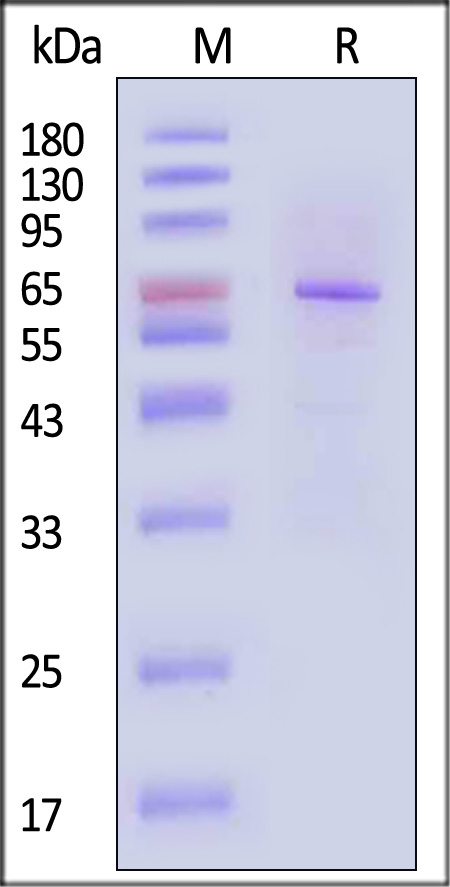
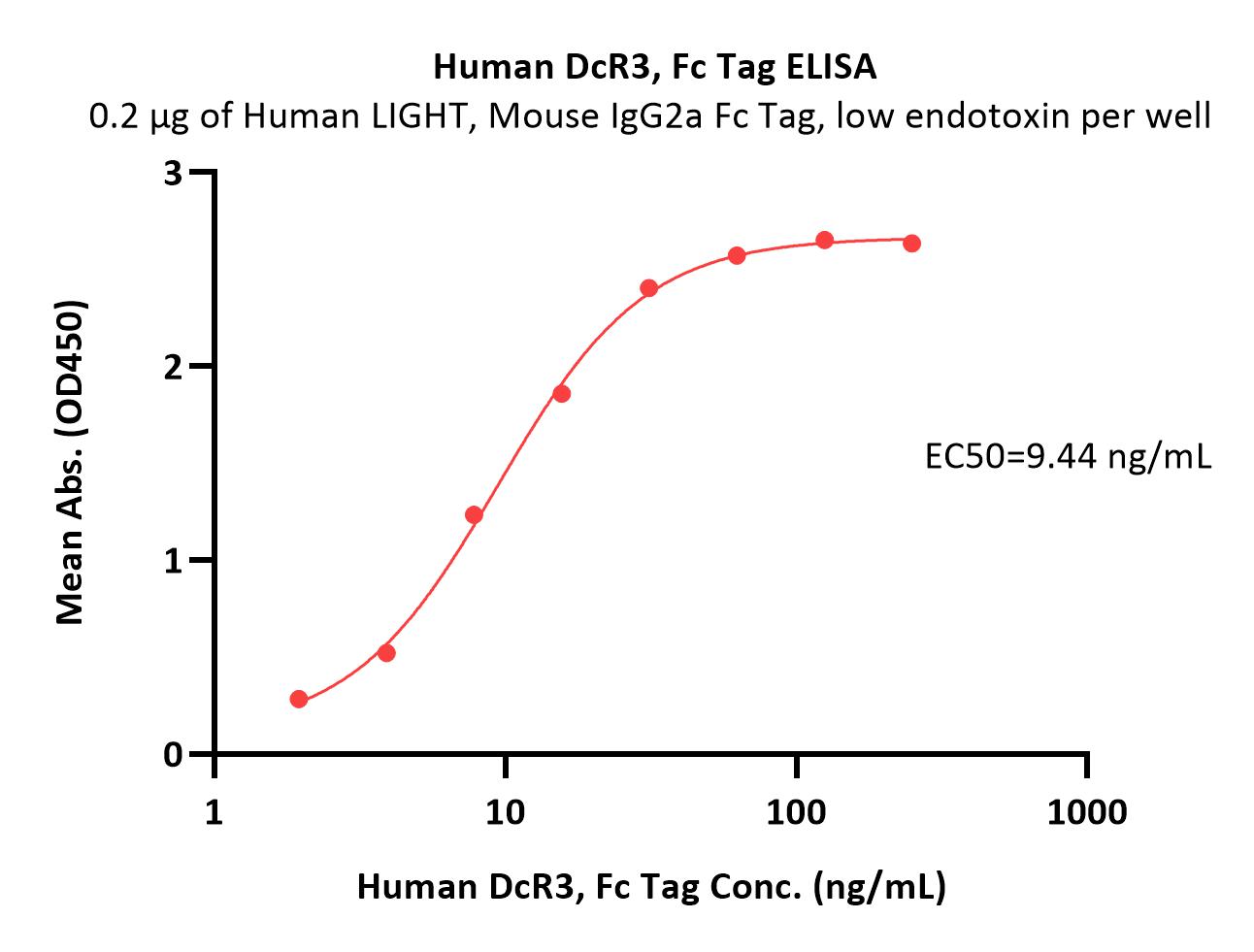
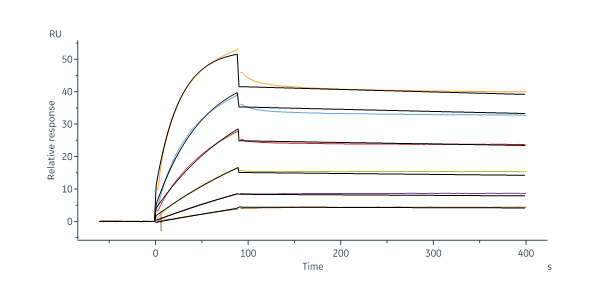
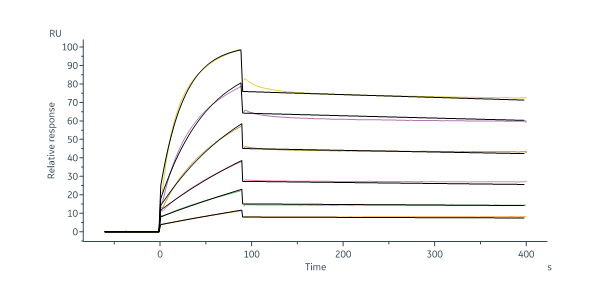
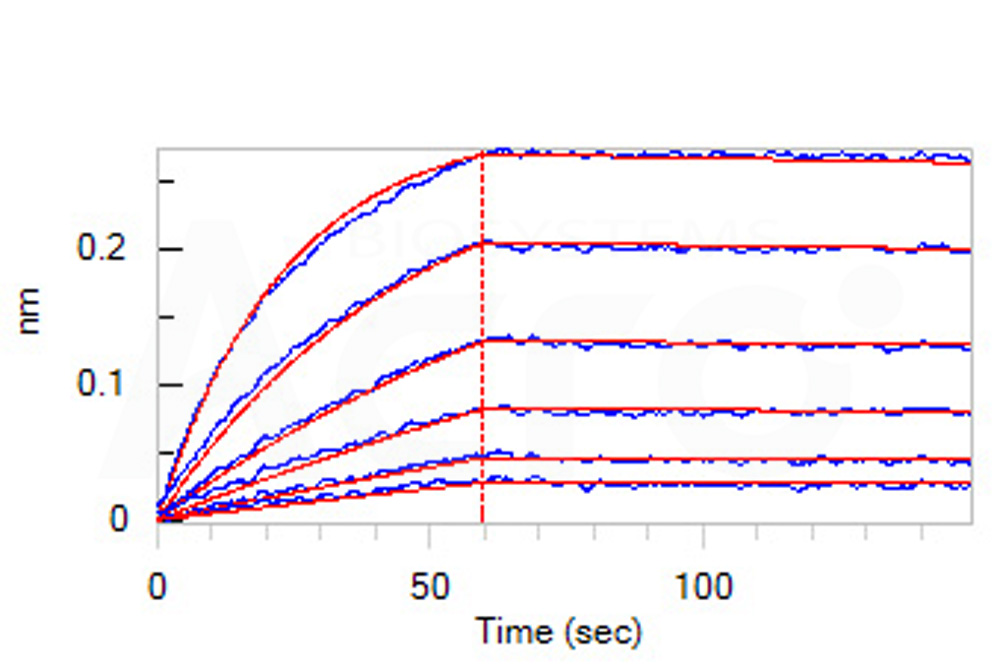
 +添加评论
+添加评论
























































 膜杰作
膜杰作 Star Staining
Star Staining















